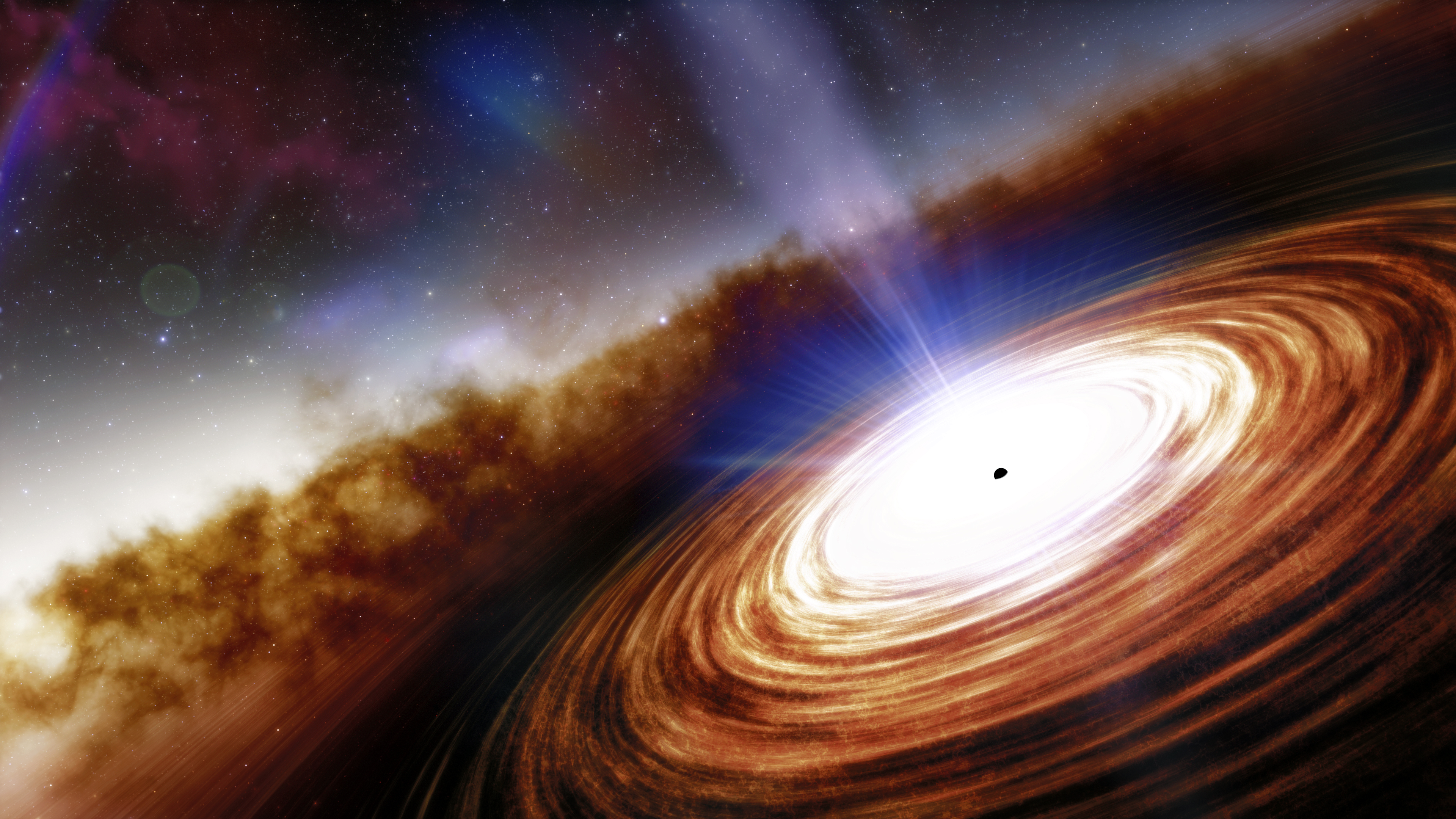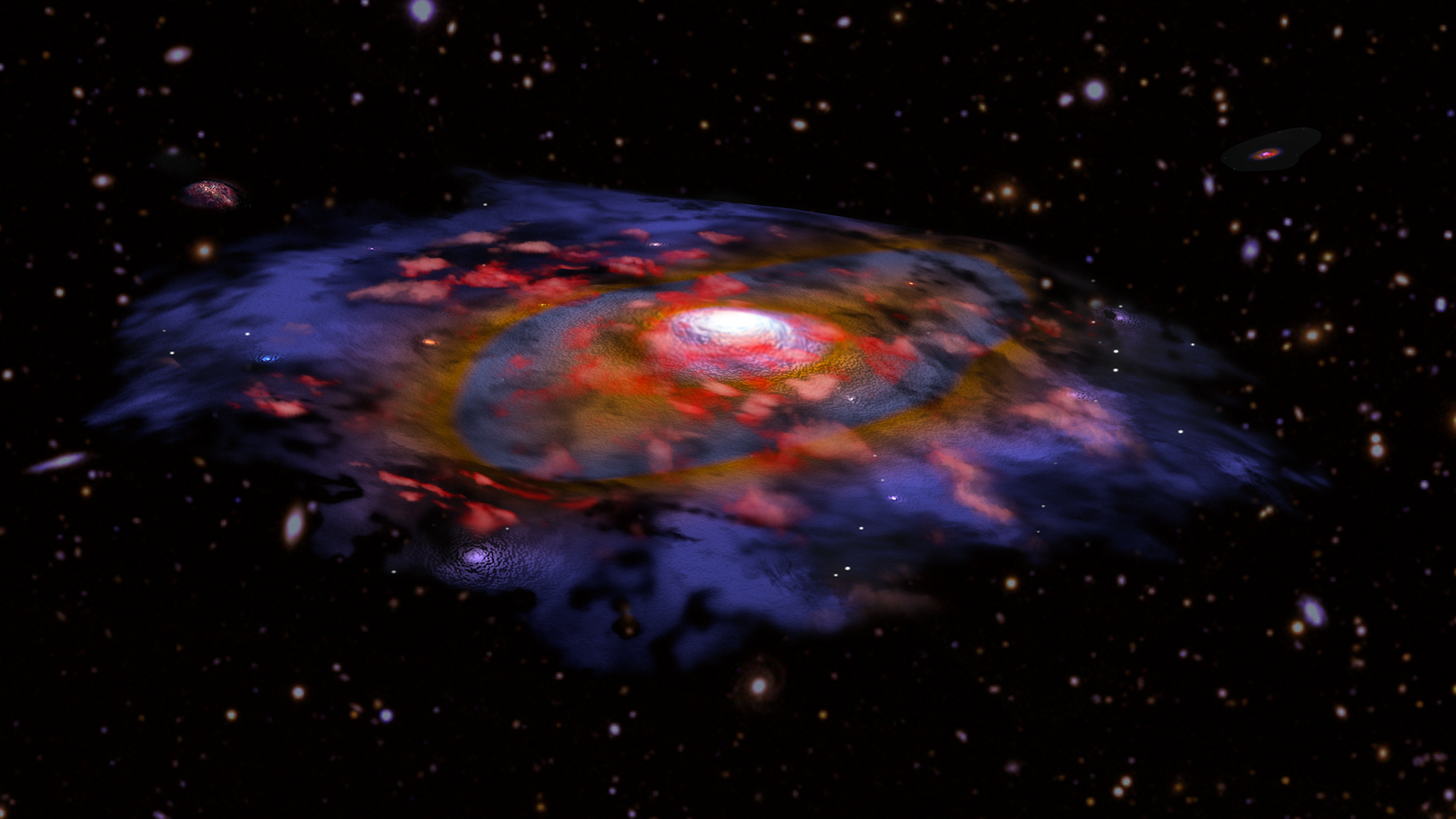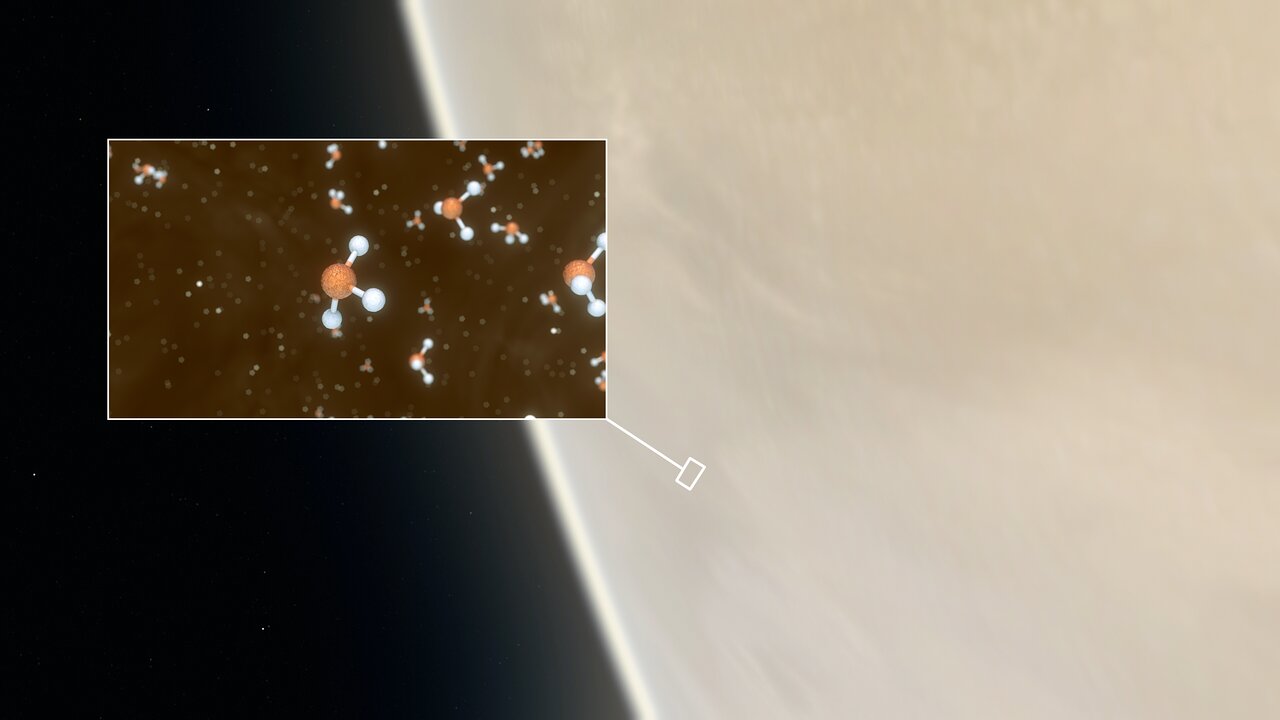
Credit: NOIRLab/NSF/AURA/J. da Silva
An international team of astronomers has discovered the most distant quasar yet found — a cosmic monster more than 13 billion light-years from Earth powered by a supermassive black hole more than 1.6 billion times more massive than the Sun and more than 1,000 times brighter than our entire Milky Way Galaxy.
The quasar, called J0313-1806, is seen as it was when the Universe was only 670 million years old and is providing astronomers with valuable insight on how massive galaxies — and the supermassive black holes at their cores — formed in the early Universe...
Read More









Recent Comments